What is the Corpus Hermeticum?

Unlocking the Secrets of the Corpus Hermeticum: Ancient Wisdom for Modern Seekers
Throughout history, certain sacred texts have spoken not to the crowd, but to the soul that dares to listen. Among these sacred writings, few shine as brilliantly as the Corpus Hermeticum, a collection of mystical and philosophical teachings attributed to Hermes Trismegistus. These teachings are not dusty artifacts of forgotten eras; they are living transmissions, encoded with truths meant to awaken the divine spark in those ready to remember.
The Corpus Hermeticum stands as a cornerstone of Hermetic philosophy, a system that weaves together Egyptian spirituality, Greek reason, Gnostic mysticism, and universal metaphysical insight. Beneath its poetic language lies a spiritual blueprint, one that continues to guide seekers through the labyrinth of modern existence.
What Is the Corpus Hermeticum?
Compiled between the 2nd and 4th centuries AD, the Corpus Hermeticum is a collection of 17 texts written in Greek, composed in the wake of Alexandria’s syncretic flowering, a time when Egyptian priests, Greek philosophers, and early Christian mystics converged in a melting pot of spiritual exploration.
Far from being a dogmatic system, the Corpus is dialogical in nature. Most of the texts are structured as conversations between Hermes Trismegistus and his disciples, or with divine intelligences such as Nous (the Divine Mind) or Poimandres, the “Shepherd of Men.” The style is intimate, contemplative, and revelatory.
One of the foundational texts, Poimandres, begins:
“I am Poimandres, the Mind of the Sovereignty. I know what you wish, and I am with you everywhere.”
It is in this spirit of inner knowing and divine communion that the Hermetic writings unfold, seeking to awaken what is already present within each human soul.
The Central Themes: Reflections of the One
The famous Hermetic axiom—“As above, so below; as within, so without”—is more than a poetic phrase. It encapsulates the foundational worldview of Hermeticism: that the universe is an interwoven tapestry, a fractal in which the divine essence is mirrored in every level of creation.
1. All Is One, and the One Is Mind
The Hermetic universe is fundamentally mental, not material. The origin of all existence is Nous, or Divine Mind:
“All things that are, are in the Mind, and the Mind is in God.” (Corpus Hermeticum, Book XI)
This monistic view declares that everything that exists is a thought within the Divine. In modern terms, it anticipates ideas found in quantum mechanics and holographic theory, the concept that the universe is not made of things, but of consciousness.
2. The Descent and Ascent of the Soul
One of the most powerful metaphors in Hermeticism is that of the fall of the soul into matter, and its subsequent return to divinity. This descent is not seen as evil, but as a necessary stage in the soul’s journey toward gnosis.
“You are not a body, but soul. You bear within you a seed of divinity.” (Corpus Hermeticum, Book XIII)
The soul forgets its origin when enmeshed in the material world, but awakening is possible through inner purification and remembrance. The process is not unlike the alchemical transmutation of lead into gold: it is the spiritual transformation of ignorance into divine wisdom.
3. Gnosis: The Path of Direct Experience
Hermetic salvation is achieved not through belief or ritual, but through gnosis, a direct, intuitive knowing of the divine. This experience dissolves the veil of separation:
“He who knows himself, knows the All.” (Corpus Hermeticum, Book XI)
This echoes the Delphic Oracle’s maxim, “Know Thyself,” but in Hermeticism, self-knowledge becomes cosmic knowledge. The inner and outer worlds are mirrors, and gnosis is the moment of seeing both as One.
4. The Mind as the Alchemical Vessel
The mind, in Hermeticism, is the sacred intermediary between body and spirit. It is both the battlefield and the bridge. When corrupted by desire and illusion, it traps the soul in ignorance. When purified, it becomes a divine instrument.
“Unless you make yourself equal to God, you cannot understand God: for like is known by like.” (Corpus Hermeticum, Book II)
This is not a call to arrogance, but to inner refinement. The more the mind becomes aligned with divine qualities (truth, goodness, unity) the more it becomes capable of beholding truth directly.
Hermes Trismegistus: Myth or Master?
Hermes Trismegistus, meaning “Thrice Great Hermes,” is a mythical composite figure, part Egyptian (Thoth), part Greek (Hermes), part divine archetype. Thoth was revered as the god of wisdom, writing, and cosmic order, while Hermes was the messenger of the gods and the guide of souls to the afterlife.
Together, they embody the ideal of a divine sage: one who transmits celestial truths to humanity. For Hermeticists, Hermes is not simply a historical personage; he is a symbol of the Logos, the divine word or intelligence within us all.
“Hermes, who is the Logos of God, who speaks the truth.” (Asclepius, a related Hermetic text)
Why the Corpus Hermeticum Still Matters Today
Despite being nearly 2,000 years old, the Corpus Hermeticum remains astonishingly relevant. Its teachings speak to the timeless yearning for meaning, transcendence, and self-realization. In our modern age that is overwhelmed by materialism, distraction, and disconnection, these ancient texts offer a much-needed antidote.
Influence on Western Thought
Hermeticism profoundly influenced the Renaissance, inspiring figures like Marsilio Ficino, Paracelsus, and Giordano Bruno. Carl Jung, too, saw in Hermeticism a psychological treasure trove of archetypes and inner transformation.
Today, its echoes can be found in modern psychology, metaphysical philosophy, quantum spirituality, and New Age thought.
Share:
Categories
- A Course in Miracles - Weekly Study Guide 2
- Ancient Knowledge 8
- Book Summaries 20
- Business 6
- Coach G's Journal 38
- Conscious children 3
- Conscious motherhood 4
- Conscious Pregnancy 2
- Conscious Women 18
- Gloria's Journal 2
- Life Coaching 47
- Marriage and Relationships 10
- Productivity 9
- Quantum psychology 54
- Self-Improvement 74
- Spirituality 41
- Uncategorized 2
Tags
Popular Posts
What is the Corpus Hermeticum?
Is It Better to Be a Generalist or a Specialist in Business?
Useful Links
Quick Menu
Contact Us
- +971585541780
- info@coach-g.com
- Al Murjan tower, Al Marsa Street Dubai Marina






